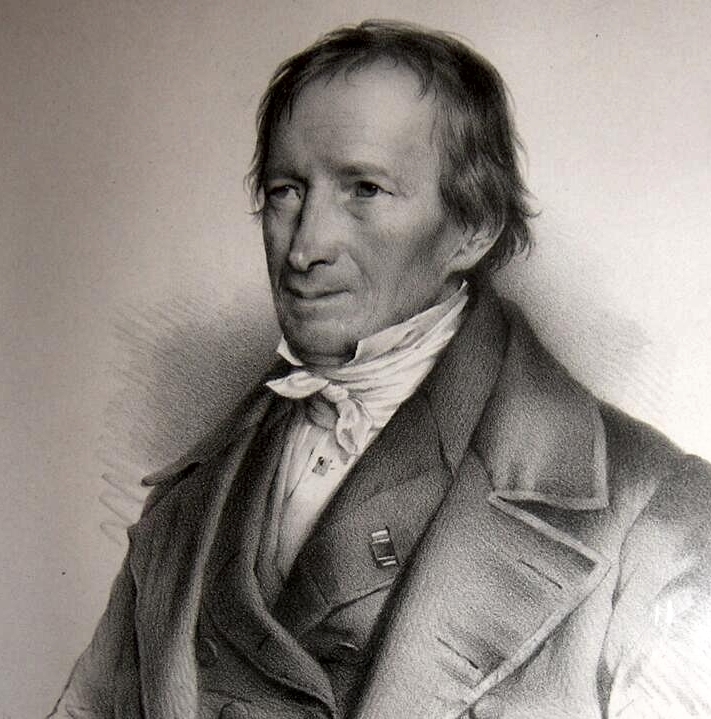Johann Nepomuk Von Fuchs on:
[Wikipedia]
[Google]
[Amazon]
 Johann Nepomuk von Fuchs (15 May 1774 – 5 March 1856) was a German
Johann Nepomuk von Fuchs (15 May 1774 – 5 March 1856) was a German
Original Catholic Encyclopedia He coined the mineral names wagnerite (1821) and margarite (1823), and with
Google Search
published works
 Johann Nepomuk von Fuchs (15 May 1774 – 5 March 1856) was a German
Johann Nepomuk von Fuchs (15 May 1774 – 5 March 1856) was a German chemist
A chemist (from Greek ''chēm(ía)'' alchemy; replacing ''chymist'' from Medieval Latin ''alchemist'') is a scientist trained in the study of chemistry. Chemists study the composition of matter and its properties. Chemists carefully describe ...
and mineralogist, and royal Bavarian privy councillor
A privy council is a body that advises the head of state of a state, typically, but not always, in the context of a monarchic government. The word "privy" means "private" or "secret"; thus, a privy council was originally a committee of the mon ...
.
Biography
He was born at Mattenzell, nearFalkenstein
Falkenstein or Falckenstein ("falcons' stone" in German) may refer to:
Places
Austria
* Falkenstein, Lower Austria, a market town in the district of Mistelbach
Germany
* Falkenstein, Bavaria, a market town in the district of Cham
* Falkenst ...
in the Bavarian Forest. In 1807 he became professor of chemistry and mineralogy
Mineralogy is a subject of geology specializing in the scientific study of the chemistry, crystal structure, and physical (including optical) properties of minerals and mineralized artifacts. Specific studies within mineralogy include the proce ...
at the Ludwig Maximilian University
The Ludwig Maximilian University of Munich (simply University of Munich or LMU; german: link=no, Ludwig-Maximilians-Universität München) is a public research university in Munich, Bavaria, Germany. Originally established as the University of ...
, which was located in Landshut at the time, and in 1823 conservator of the mineralogical collections at Munich
Munich ( ; german: München ; bar, Minga ) is the capital and most populous city of the German state of Bavaria. With a population of 1,558,395 inhabitants as of 31 July 2020, it is the third-largest city in Germany, after Berlin and Ha ...
, where he was appointed professor of mineralogy three years later, when the university was relocated. He retired in 1852, was ennobled by the king of Bavaria in 1854, and died at Munich on 5 March 1856.
He is largely known for his mineralogical observations and for his work on waterglass ( sodium silicate). He used it to develop stereochromy, a kind of fresco painting where the pigments are fixed with waterglass. Historically, the substance was sometimes referred to as "Fuchs's soluble glass". Also, he developed a scientific method for the production of cement
A cement is a binder, a chemical substance used for construction that sets, hardens, and adheres to other materials to bind them together. Cement is seldom used on its own, but rather to bind sand and gravel (aggregate) together. Cement m ...
and made contributions to the understanding of the amorphic state of solids.Johann Nepomuk von FuchsOriginal Catholic Encyclopedia He coined the mineral names wagnerite (1821) and margarite (1823), and with
Adolph Ferdinand Gehlen
Adolph Ferdinand Gehlen (5 September 1775 – 16 July 1815) was a German chemist.
Life and education
Gehlen was born in Bytów, Bütow, Farther Pomerania (now Bytów, Poland), he is known as the publisher of ''Neues allgemeines Journal der Chem ...
, was co-describer of the mineral mesolite (1816). A variety of muscovite
Muscovite (also known as common mica, isinglass, or potash mica) is a hydrated phyllosilicate mineral of aluminium and potassium with formula K Al2(Al Si3 O10)( F,O H)2, or ( KF)2( Al2O3)3( SiO2)6( H2O). It has a highly perfect basal cleavage ...
called fuchsite
Fuchsite, also known as chrome mica, is a chromium (Cr) rich variety of the mineral muscovite, belonging to the mica group of phyllosilicate minerals, with the chemical formula .
Trivalent chromium replaces one of the aluminium (Al) atoms in the ...
commemorates his name.
Published works
* ''Ueber die Entstehung der Porzellan-Erde'', 1821 – On the origin ofporcelain
Porcelain () is a ceramic material made by heating substances, generally including materials such as kaolinite, in a kiln to temperatures between . The strength and translucence of porcelain, relative to other types of pottery, arises main ...
earth.
* ''Neue Methode das Bier auf seine wesentlichen Bestandtheile zu untersuchen'', 1836.
* ''Naturgeschichte des Mineralreichs'', 1842 – Natural history of the mineral world.
* ''Über die Theorien der Erde, den Amorphismus fester Körper und den gegenseitigen Einfluß der Chemie und Mineralogie'', 1844 – In regards to earth science, the amorphism of solid bodies and the mutual influence of chemistry and mineralogy.
* ''La stéréochromie: peinture monumentale'', 1861 (French translation by Léon Dalemagne).published works
References